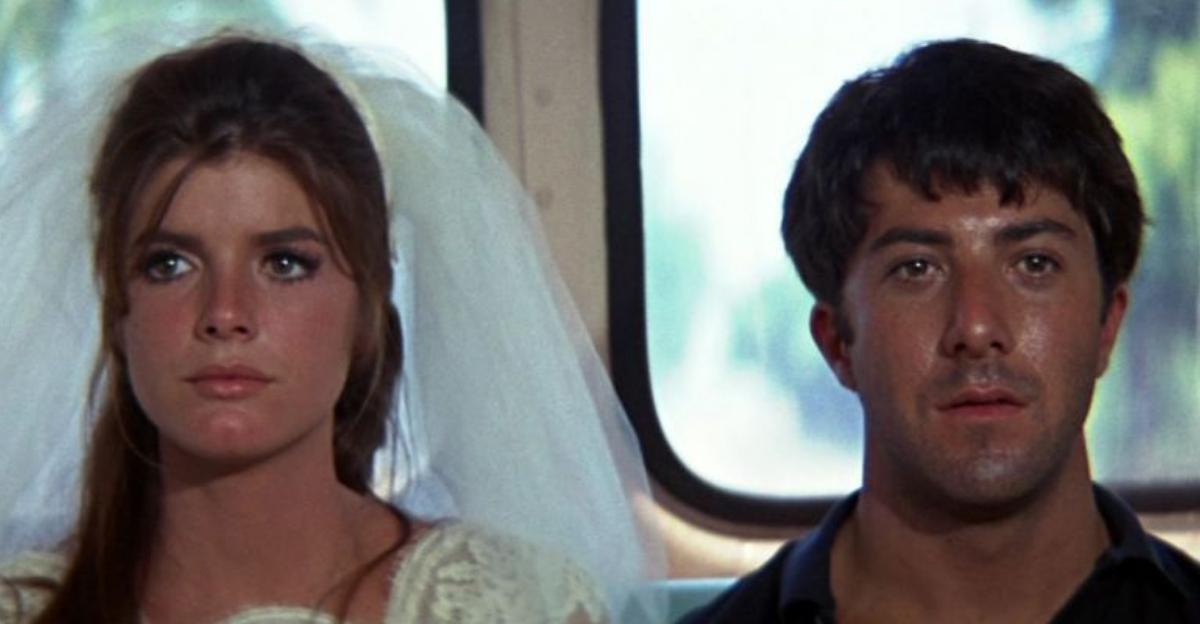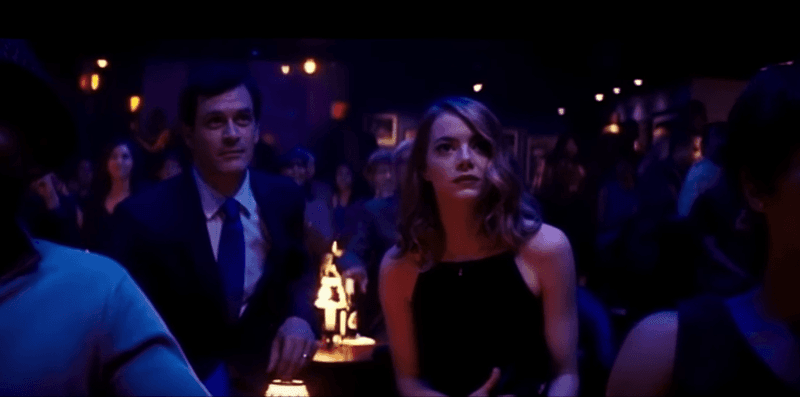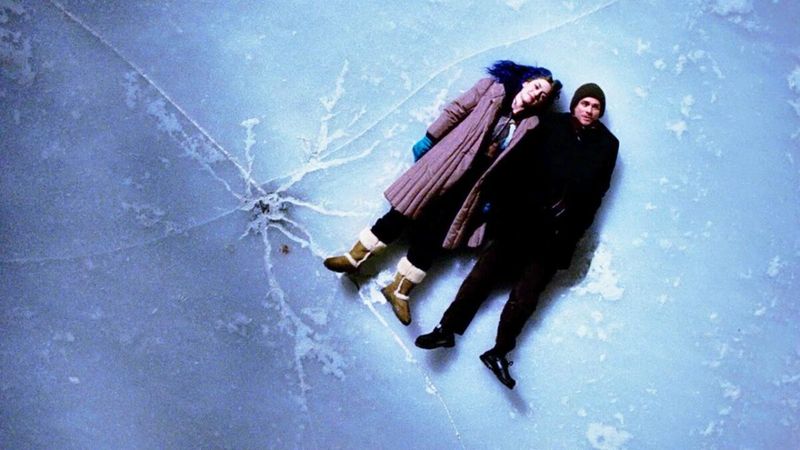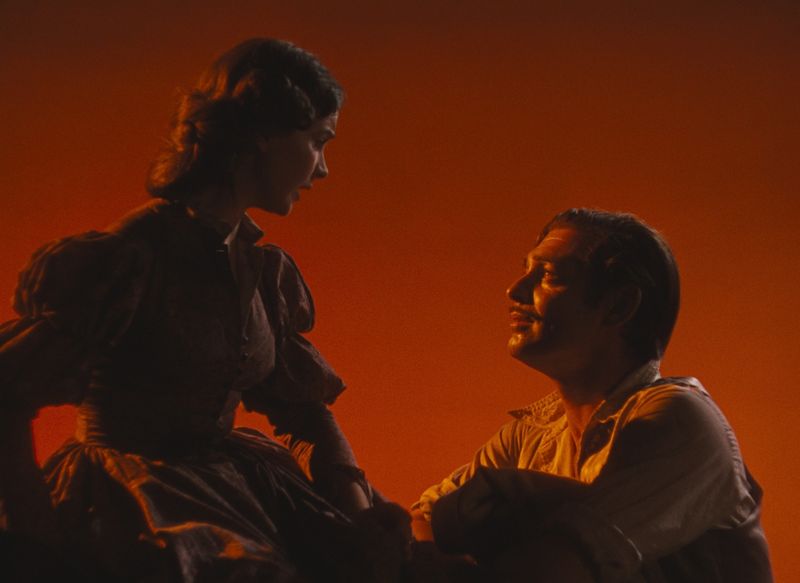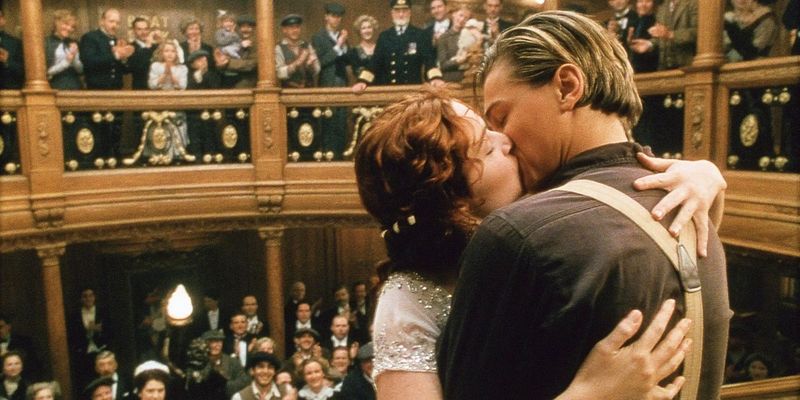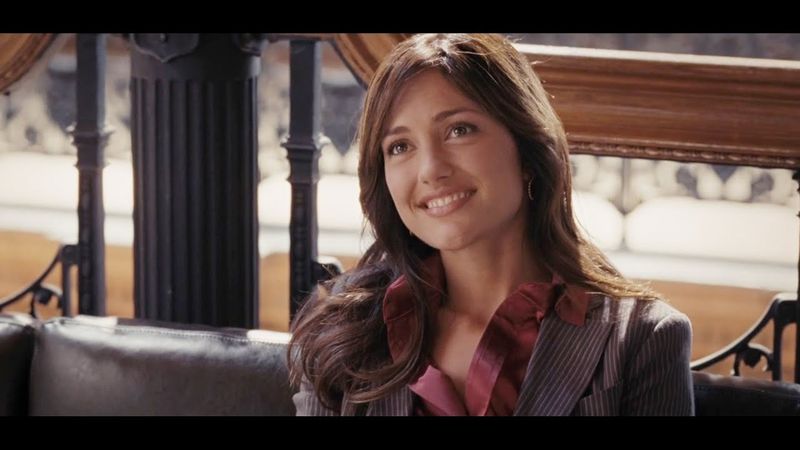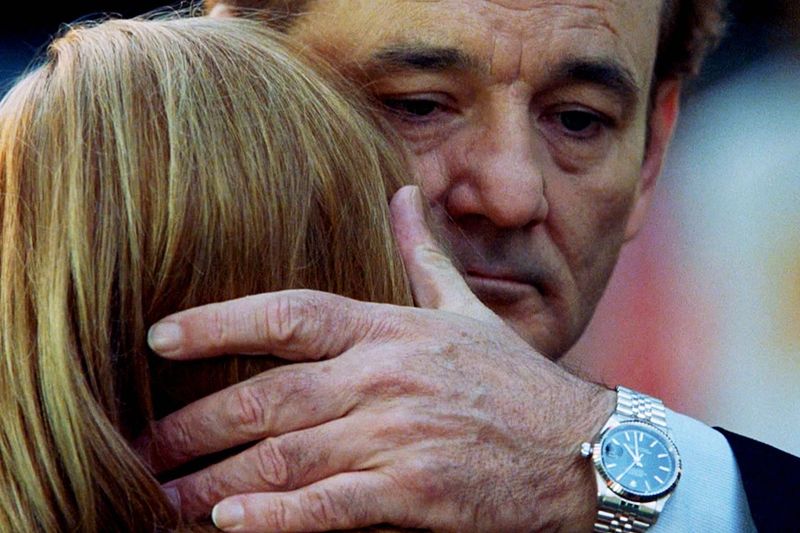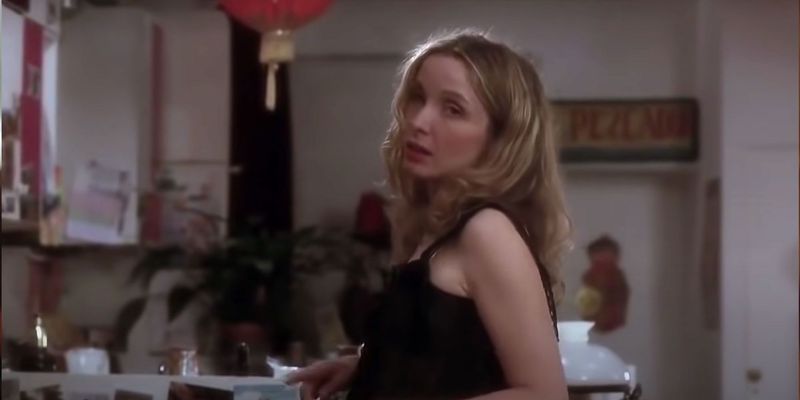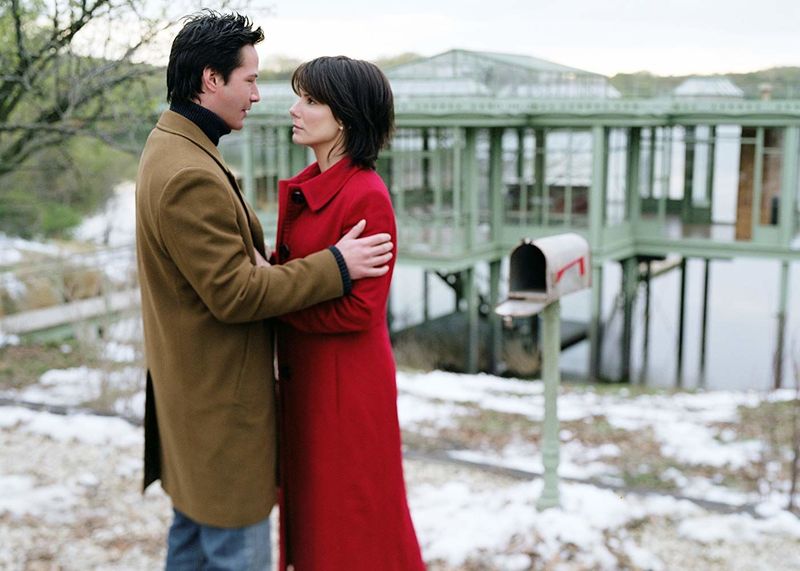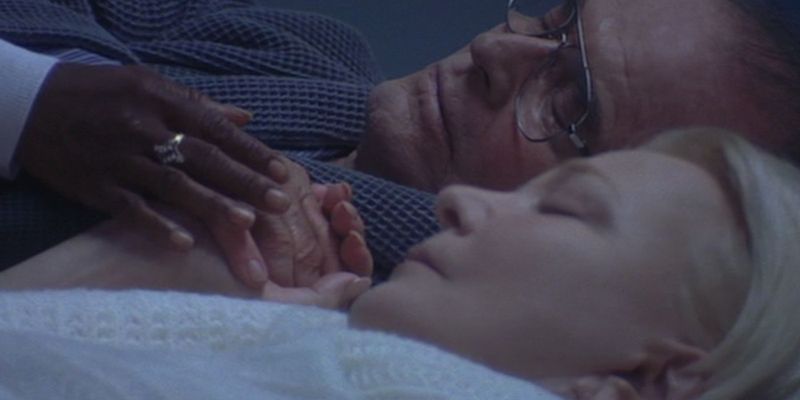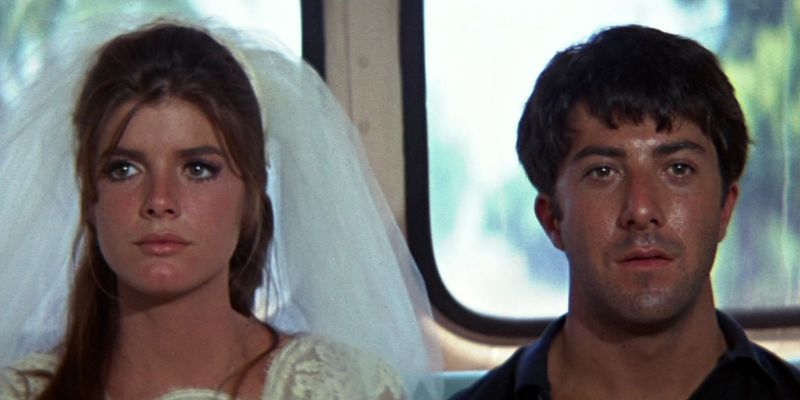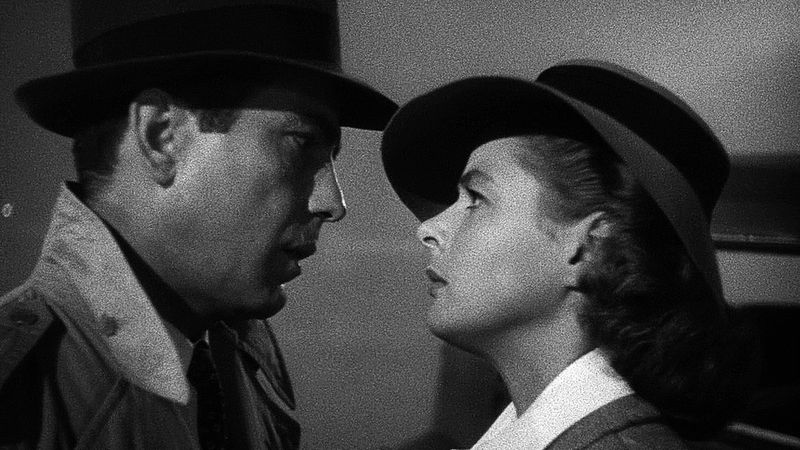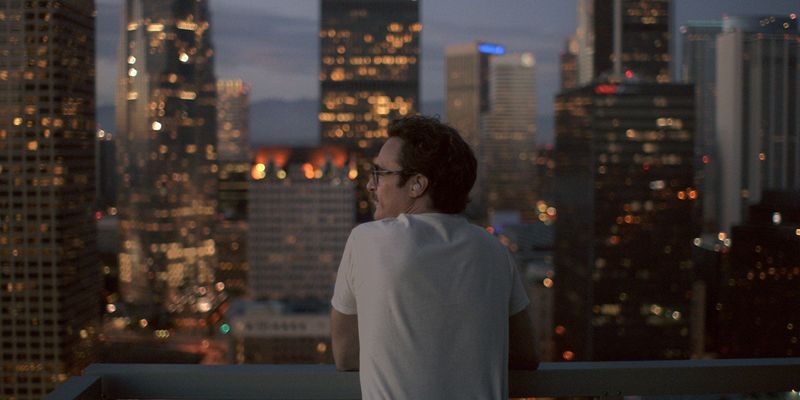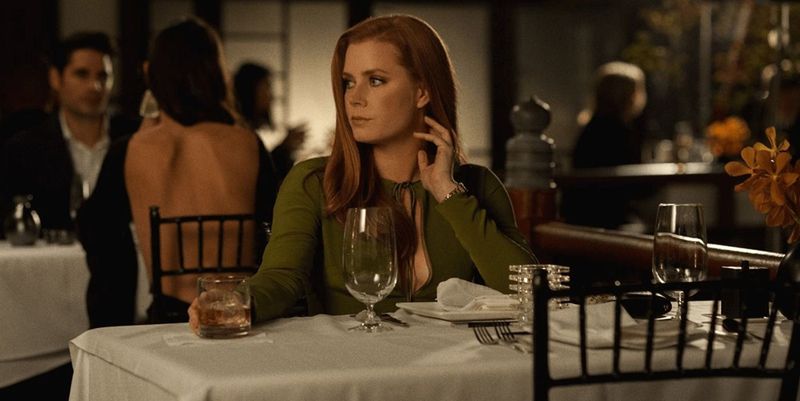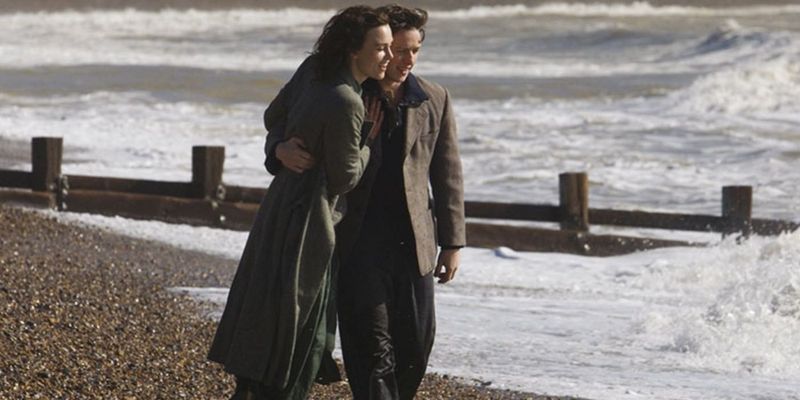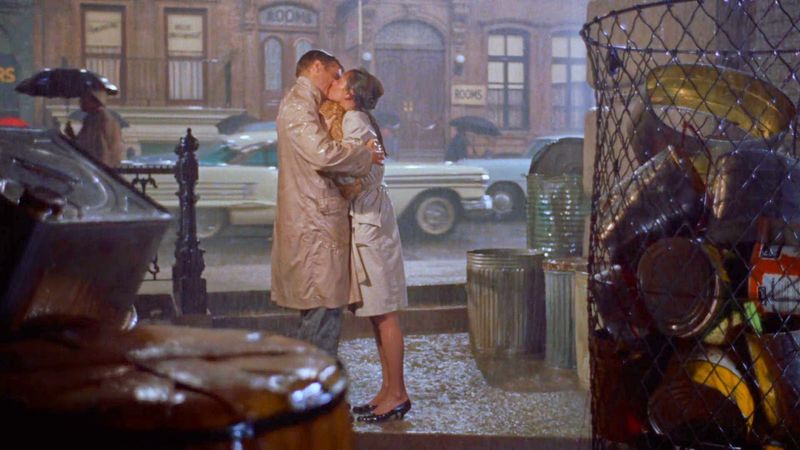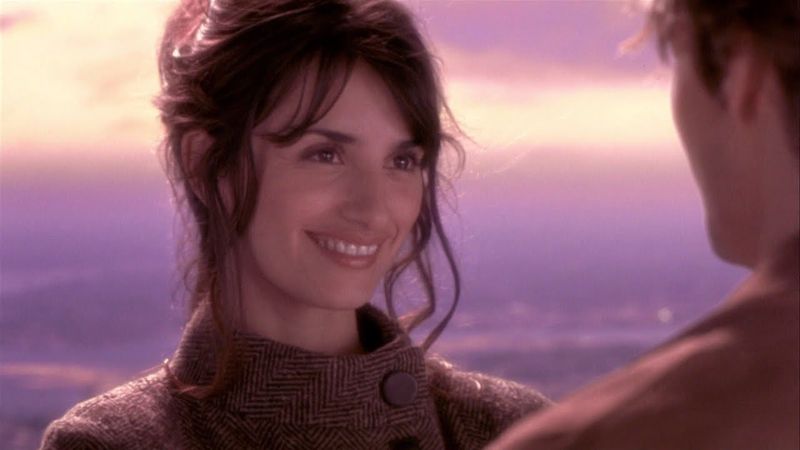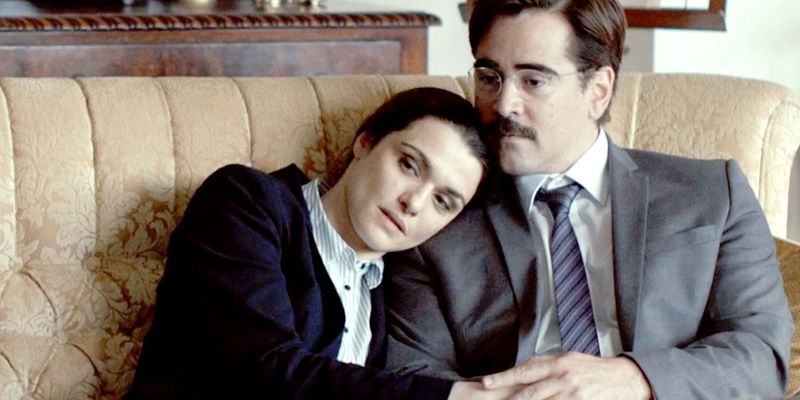Some romantic movies leave us with a warm feeling inside, but others have endings that puzzle us for days. These are the films where love stories take unexpected turns, leaving viewers perplexed and wondering what really happened.
Let’s explore 17 romantic movie endings that left everyone confused and see if we can unravel the mysteries.
1. La La Land
La La Land’s ending had fans scratching their heads. Mia and Sebastian, played by Emma Stone and Ryan Gosling, pursue their dreams but drift apart. In the final scene, they meet again, exchanging a wistful smile.
But there’s a twist! The film presents an alternate reality where their love triumphed over ambition. This bittersweet moment leaves audiences questioning what’s real and what’s imagined.
It’s a poetic reflection on love, sacrifice, and the paths not taken. Some viewers saw hope, others saw regret, but all were left pondering the true message.
2. Eternal Sunshine of the Spotless Mind
Eternal Sunshine of the Spotless Mind ends on an ambiguous note. Joel and Clementine, portrayed by Jim Carrey and Kate Winslet, choose to erase their memories of each other. Yet, they find themselves drawn together again.
In the final scene, they decide to try their relationship once more, fully aware of past failures. This open-ended conclusion leaves viewers questioning whether love can truly conquer all. Is it a fresh start or a doomed repetition?
The film’s unique narrative structure only adds to the intrigue and confusion, leaving fans debating its meaning.
3. Gone with the Wind
The dramatic and tumultuous romance of Scarlett O’Hara and Rhett Butler reaches a shocking climax. Rhett’s parting words, ‘Frankly, my dear, I don’t give a damn,’ echo through the halls, leaving audiences to ponder the sincerity and finality of his statement.
Is Rhett’s departure an end or a new beginning? The ambiguity leaves viewers questioning whether Scarlett will ever win him back or if she’s destined to face her future alone. The complexity of their relationship adds layers to this uncertain farewell.
The film doesn’t provide a clear resolution, reflecting the unpredictable nature of love and relationships. It’s an ending that continues to captivate and confound audiences, maintaining its position as a classic example of romantic ambiguity.
4. Titanic
Titanic’s ending is iconic yet confounding. After surviving the ship’s sinking, Rose recalls her love for Jack, played by Leonardo DiCaprio. In the film’s final moments, an elderly Rose dreams of reuniting with Jack.
Viewers are left wondering if this vision signifies an afterlife or a cherished memory. The film’s exploration of love and loss resonates deeply, but the mystifying conclusion leaves room for interpretation.
Is Rose’s dream a metaphor for eternal love, or merely a figment of her imagination? This ambiguity continues to captivate audiences worldwide.
5. 500 Days of Summer
500 Days of Summer offers an unconventional take on romance. Tom, portrayed by Joseph Gordon-Levitt, reflects on his failed relationship with Summer, played by Zooey Deschanel.
The ending reveals Tom meeting a new woman named Autumn. This twist challenges the audience to reconsider the film’s themes of love and destiny. Is Tom destined to repeat past mistakes, or has he learned and grown?
The film’s clever narrative structure and unexpected conclusion leave viewers contemplating the nature of relationships and the possibility of new beginnings.
6. Lost in Translation
Lost in Translation’s conclusion is a masterclass in subtlety. Bob and Charlotte, played by Bill Murray and Scarlett Johansson, share a tender farewell in Tokyo.
Bob whispers something inaudible to Charlotte, leaving viewers to wonder about his words. This enigmatic moment captures the essence of their connection—fleeting yet profound.
The film explores themes of loneliness and cultural dislocation, but its ending remains shrouded in mystery. Fans are left pondering the nature of Bob and Charlotte’s relationship and the significance of their final exchange.
7. Before Sunset
Before Sunset leaves audiences hanging with its open-ended finale. Jesse and Celine, portrayed by Ethan Hawke and Julie Delpy, reunite in Paris after nine years apart. As they spend the day together, their unresolved feelings resurface.
In the closing scene, Celine sings to Jesse, hinting at rekindled romance. But the film cuts to black, leaving their future uncertain.
This ambiguous ending invites viewers to imagine what comes next, exploring themes of love, time, and missed opportunities. It’s a poignant conclusion that resonates with fans long after the credits roll.
8. The Lake House
In ‘The Lake House,’ a magical mailbox allows two lovers, played by Sandra Bullock and Keanu Reeves, to communicate across time. The ending is a whirlwind of time-bending romance that leaves viewers puzzled.
The lovers finally meet, but the timeline is ambiguous, raising questions. Did they alter their destinies or merely fulfill them? How does the time loop resolve?
The enigmatic conclusion keeps fans guessing about the true nature of their connection and the mechanics of their time-defying romance.
9. The Notebook
The Notebook’s ending tugs at the heartstrings yet confounds viewers. Noah and Allie, played by Ryan Gosling and Rachel McAdams, spend their final moments together in a care home.
As they pass away, the camera pans to birds flying away, symbolizing their souls’ departure. But what does this signify? Is it a representation of eternal love, or merely a romanticized notion of the afterlife?
The film’s exploration of memory and enduring connection resonates deeply, but the ambiguous conclusion leaves room for interpretation, sparking ongoing discussions among fans.
10. The Graduate
The Graduate’s iconic ending leaves audiences puzzled. Benjamin and Elaine, portrayed by Dustin Hoffman and Katharine Ross, escape her wedding and board a bus. Initially joyous, their expressions shift to uncertainty.
What does the future hold for this impulsive couple? The film’s exploration of societal expectations and youthful rebellion resonates, yet the ambiguous conclusion invites multiple interpretations.
Are they doomed to repeat past mistakes, or can they forge a new path? This thought-provoking ending continues to captivate audiences, challenging them to reflect on the complexities of love and commitment.
11. Casablanca
Casablanca’s ending is both iconic and enigmatic. Rick, played by Humphrey Bogart, decides to send Ilsa, portrayed by Ingrid Bergman, away with her husband. This selfless act leaves viewers questioning Rick’s true intentions.
Was it an act of love or a strategic decision? The film’s exploration of sacrifice and duty resonates deeply, but the ambiguous conclusion leaves room for interpretation.
Is Rick’s decision a testament to enduring love, or does it signify a pragmatic acceptance of reality? This classic ending continues to captivate audiences, sparking discussions about love’s complexities.
12. Her
Her’s ending leaves viewers pondering the nature of love and technology. Theodore, played by Joaquin Phoenix, develops a romantic relationship with an AI operating system.
As the AI evolves, it transcends human understanding, leaving Theodore alone. The film’s exploration of connection and isolation resonates, yet the ambiguous conclusion invites multiple interpretations.
Is Theodore’s journey a cautionary tale about technology’s limits, or a meditation on love’s transformative power?
The film’s unique premise and unresolved questions fuel ongoing discussions, challenging audiences to reflect on the boundaries of human connection.
13. Nocturnal Animals
Nocturnal Animals leaves audiences pondering its cryptic ending. Susan, played by Amy Adams, waits for her ex-husband, who never arrives. The film blurs reality and fiction, mirroring Susan’s emotional journey.
What does his absence signify? Is it revenge or a reflection of their fractured relationship? The film’s exploration of love, loss, and regret resonates, yet the enigmatic conclusion invites various interpretations.
Susan’s longing and realization leave viewers questioning the nature of closure and the consequences of past choices. This thought-provoking ending continues to captivate audiences, sparking discussions about love’s complexities.
14. Atonement
Atonement’s ending leaves viewers questioning reality. Briony, the narrator, reveals that the happy ending she wrote for Cecilia and Robbie, played by Keira Knightley and James McAvoy, is fiction.
In reality, they never reunited. This revelation challenges perceptions of love and redemption. The film’s exploration of guilt, memory, and storytelling resonates, yet the ambiguous conclusion invites multiple interpretations.
Is Briony’s confession an act of atonement or a self-serving narrative? The film’s intricate plot and unresolved questions fuel ongoing discussions, challenging audiences to reflect on the power of fiction.
15. Breakfast at Tiffany’s
Holly Golightly, a socialite with a free spirit, seems to undergo a transformation throughout the film. But her true nature remains enigmatic, leaving viewers to question whether she has genuinely changed or if it’s just another phase.
The film’s conclusion, with Holly’s dramatic search for her cat in the rain, symbolizes her internal struggle between independence and connection. Her relationship with Paul Varjak hints at growth, yet ambiguity persists.
This ending challenges the notion of personal change and growth. Holly’s character invites viewers to reflect on the nature of self-discovery and the possibility of reinvention.
16. Vanilla Sky
‘Vanilla Sky’ takes viewers on a mind-bending journey through reality and dreams, starring Tom Cruise. The film’s finale blurs the line between dream and reality, leaving audiences mystified.
As the protagonist confronts his choices, he faces an ambiguous reality. Is he awake or still dreaming? What does his decision mean for his future?
The open-ended nature of the ending invites interpretations about consciousness and the malleability of perceived reality.
17. The Lobster
The Lobster’s ending leaves audiences pondering its dystopian message. David, played by Colin Farrell, faces a choice: blind himself to be with his love. The film explores societal pressures and individual autonomy.
What does David choose? The ambiguous conclusion invites various interpretations, challenging viewers to reflect on love’s sacrifices and societal norms. Is it a critique of conformity or a meditation on personal freedom?
The film’s unique premise and unresolved questions fuel ongoing discussions, sparking debates about the nature of relationships and the search for identity. This thought-provoking ending continues to captivate audiences.
